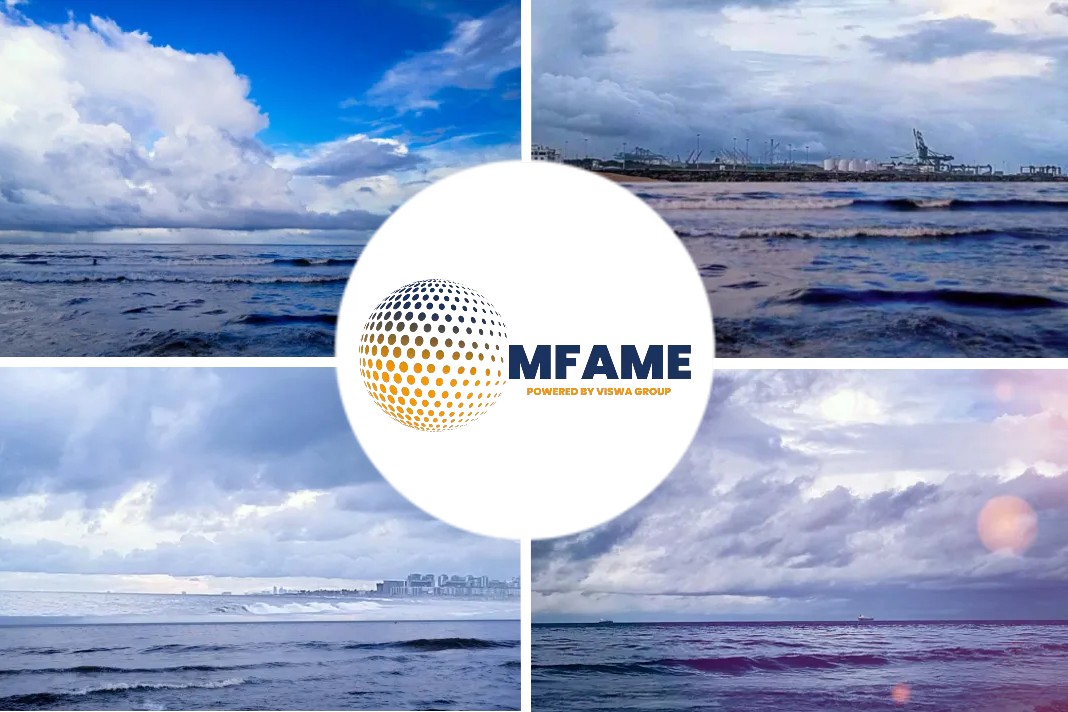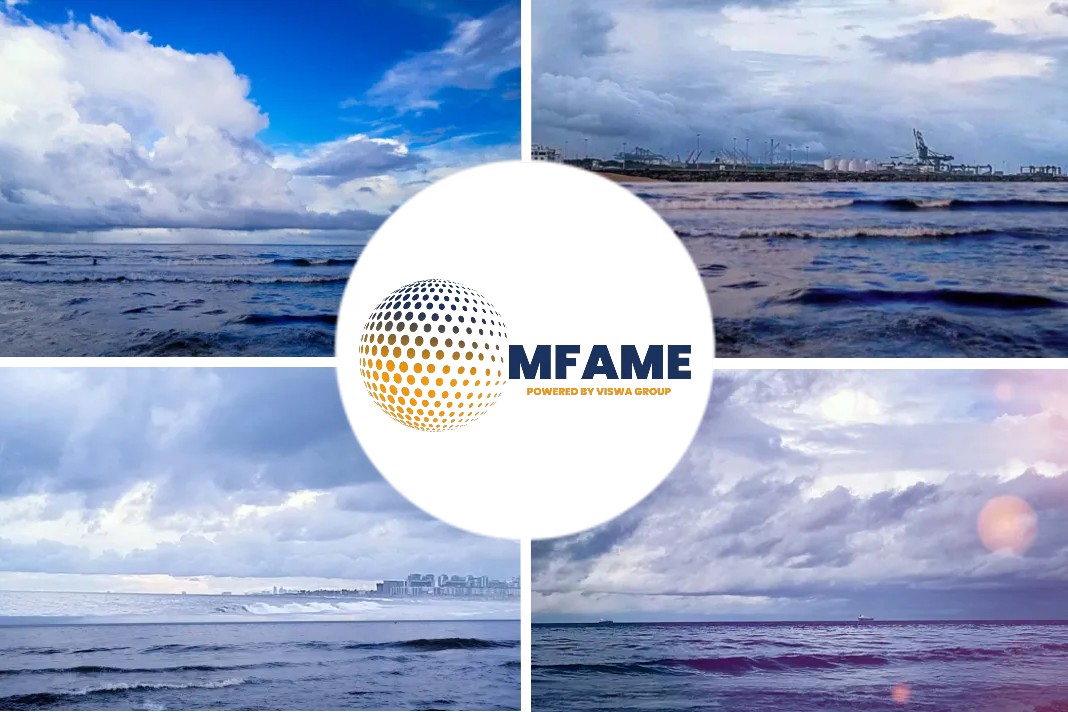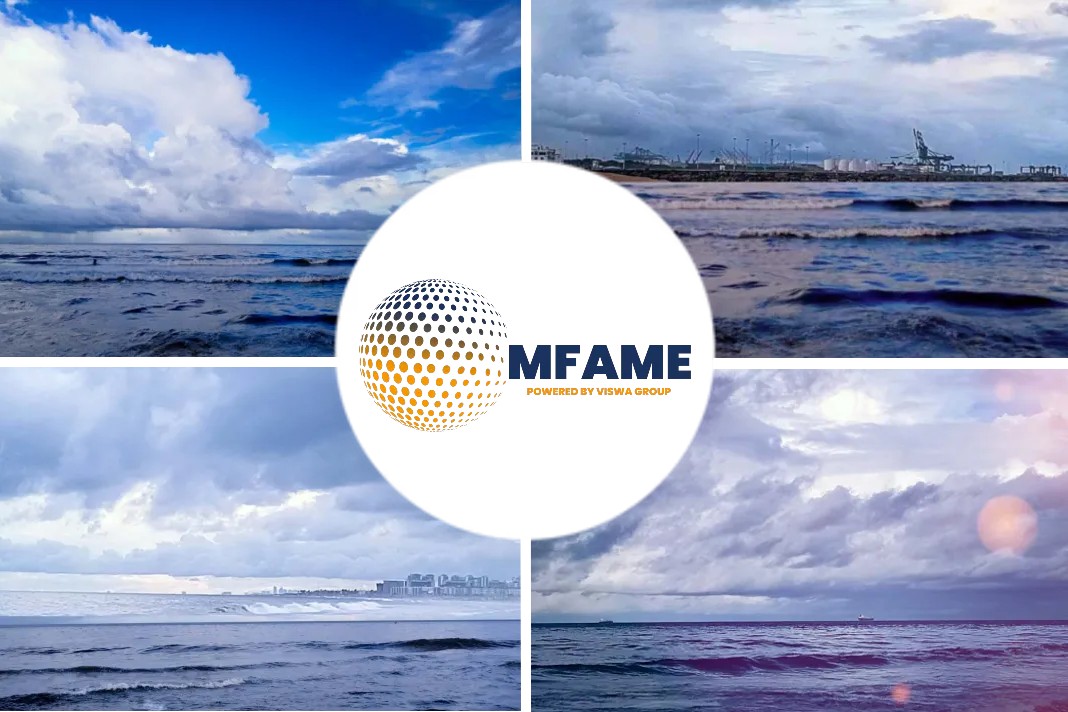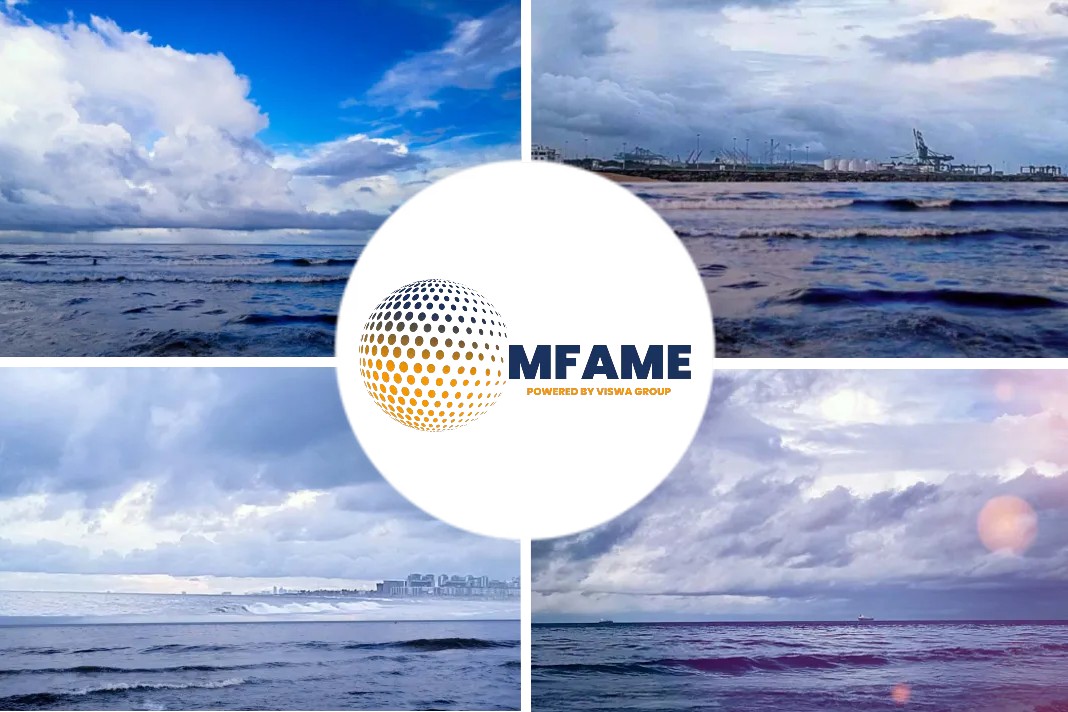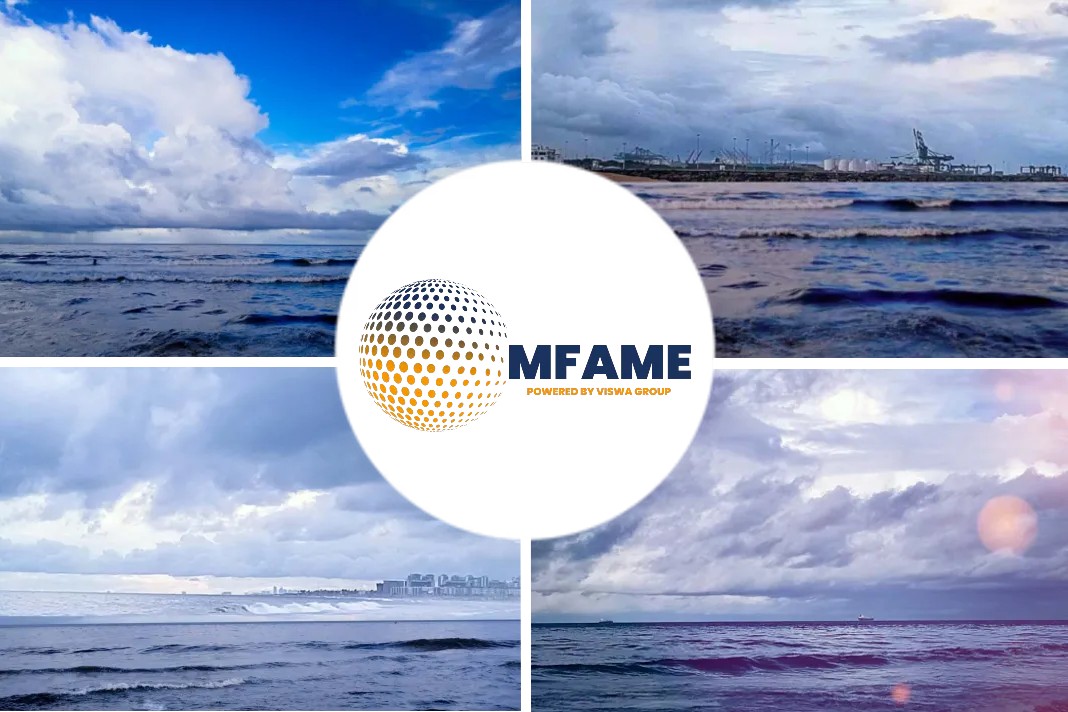- Star Bulk Carriers a dry bulk pureplay, has further expanded their fleet to 120 vessels after a recent acquisition.
- They added 11 new vessels in exchange for $80M in cash and 4.5M shares. This transaction is slightly accretive on per-share metrics and enhances SBLK’s scale.
- SBLK’s Q1-19 results shows an adjusted loss of $0.06 backed by time-charter equivalent (“TCE”) rates of $10,624/day and a Strong Relative Q2 Guidance.
- SBLK are installing scrubbers on 100% of their vessels, to comply with upcoming IMO 2020 regulations.
- SBLK is poised to dominate peers in all types of markets, yet they still trade at more than a 40% discount to net asset values (“NAV”).
Star Bulk Carriers (SBLK) is a dry bulk pureplay. Inclusive of their latest announced acquisition, SBLK’s fleet has grown to 120 controlled vessels with 13.1M tons of combined cargo capacity, writes J Mintzmyer for an article published in SeekingAlpha.
Here’s an excerpt from it.
Overview of Star Bulk
Their fleet has expanded considerably in the past year, with four total sets of acquisitions since early 2018. This now places SBLK as the largest publicly-traded dry bulk company.
Other companies in the sector will benefit as a result of this consolidation, especially firms with hefty exposure to the larger vessels sizes. These include Golden Ocean (GOGL), Genco Shipping (GNK), Seanergy Maritime (SHIP), Navios Maritime Holdings (NM), Navios Maritime Partners (NMM), Scorpio Bulkers (SALT), Safe Bulkers (SB), and Eagle Bulk (EGLE).
Recent Earnings – A slight Miss
SBLK recently reported their Q1-19 results on May 22, posting an adjusted loss of $0.06 backed by time-charter equivalent (“TCE”) rates of $10,624/day.
This slippage was partially due to a slight TCE miss, but was primarily impacted by lower utilization (96.5%) due to drydockings along with higher related expenses associated with scrubber and ballast water treatment capex.
Strong Relative Q2 Guidance
The best part of the report was their forward guidance. They managed to fix 76% of the fleet just above $10k/day, including a skew towards open Cape/Newcastle days with 69% fixed at $10,152.
The expectation is that they achieve closer to $14k for those ships and $11k for the remaining midsize days, which should give a Q2 result in flattish territory with Q1.
This should give SBLK around $20M in positive cash generation as compared to previous concerns that cash flow could turn negative for Q2.
100% scrubber equipped fleet
The most interesting part of SBLK, beyond their market leading scale, is that they will have 100% of their fleet (120 vessels) equipped with scrubbers by 2020. This includes 101 installations during 2019, 40 of which should already be complete.
This is a significant capex spend, with $176M currently earmarked. Furthermore, they have already guided for 100% scrubbers installed on their recently acquired fleet, with an implied capex spend of $20M, bringing SBLK’s total scrubber investment to $200M.
If fuel spreads are reasonably strong (i.e., $200+ per ton between compliant-fuel blends and traditional high-sulfur fuels), SBLK is set to make a great financial success in the market during 2020.
They acted first and have secured installation berths for nearly the entire fleet, prior to 2020, with most yards fully booked until at least mid to late 2020 at this point in time.
Recent Vessel Acquisition
Star Bulk announced yet another fleet acquisition on May 27, adding a total of 11 vessels for a purchase price of $139.5M, split between $80M in cash and 4.5M common shares.
With this PR, SBLK is essentially marking a NAV of $13.20/sh. The NAV figures are more conservative since as a fleet premium for the 100%-scrubber equipped status is not yet added.
For the fleet acquisition itself, SBLK claims the fleet was valued at $139.5M. This compares to a VesselsValue level of $138M (the “Cepheus” is not included with the original report; $126M + $12M = $138M).
Using $138M as the marker, this would value SBLK’s issued shares at $12.88 ($138M – $80M cash / 4.5M shares), still a 74% premium to the heavily discounted closing price on May 24 ($7.42) before the deal closed.
Combined Scrubber Capex & Benefits
Capex will be nearly $200M for the entire program, and the net value accretion (i.e., net of the $200M capex) could range from around $0 (at $150/ton or less) to up to $400M (approx. $300/ton).
In the latter scenario, which would drive SBLK to massive free cash generation, the scrubber investment alone would add over $4/sh to NAV. Returns in a $400-500/ton margin environment (bullish spectrum, very unlikely) are simply off the charts.
The relative economics are shown below:
On the latest conference call, management expects we’ll see just 10-15% of global Capesizes ready with scrubbers on January 1, 2020 (moving towards 25-30% overall by 2021), and of course the uptake in midsized vessels is much smaller on average. SBLK is set to dominate here with nearly their entire fleet set to go on January 1.
Capital Allocation Commentary
Star Bulk has been repurchasing shares, but they have been more limited recently, just achieving a purchase of about 1.5M shares at an average of $7.45, mostly in April, before pausing again.
This was likely due to significant net capex requirements in Q1-19 combined with the overhang of the ERS put options for those 4 vessels. As shown below, the scrubber capex was front-loaded prior to financing.
SBLK now has $23M in ‘bonus’ liquidity as remaining financing clearly outpaces remaining capex, (Q2-19 through mid-20 cumulative) plus they will release another $9M with the latest acquisition.
Will SBLK use this $32M in excess cash to repurchase more shares?
Unfortunately (at least for now), management is focused on balance sheet leverage and will not be repurchasing unless they can sell ships in the open market. This is a huge wasted opportunity, but Hamish does leave the door open to some accretive vessel sales.
Conclusion & Fair Value Estimate
SBLK’s Q1-19 earnings themselves were a bit weaker, but the Q2-19 guidance was solid and most of the weaker earnings are due to scrubber off-hire and related costs.
The entire dry bulk sector trades at unhealthy weak valuations, but SBLK is by far the premium company here, and over a 40% discount to NAV doesn’t make any sense.
Management is cautious about their leverage, but at 52% D/A, this isn’t a considerable issue for them, especially since they have zero net capex required throughout the end of 2020.
The downside is that we aren’t likely to see more repurchases, so this one is a ‘wait and see’ for the cash flow situation.
The latest vessel acquisition is only slightly accretive on per-share metrics, as they continue a similar leverage ratio (59% implied versus 52% D/A for the entire company), but it clearly improves their market-leading scale and solidifies SBLK as the best choice for further consolidation and institutional investment.
Did you subscribe to our daily newsletter?
It’s Free! Click here to Subscribe!
Source: Seekingalpha






